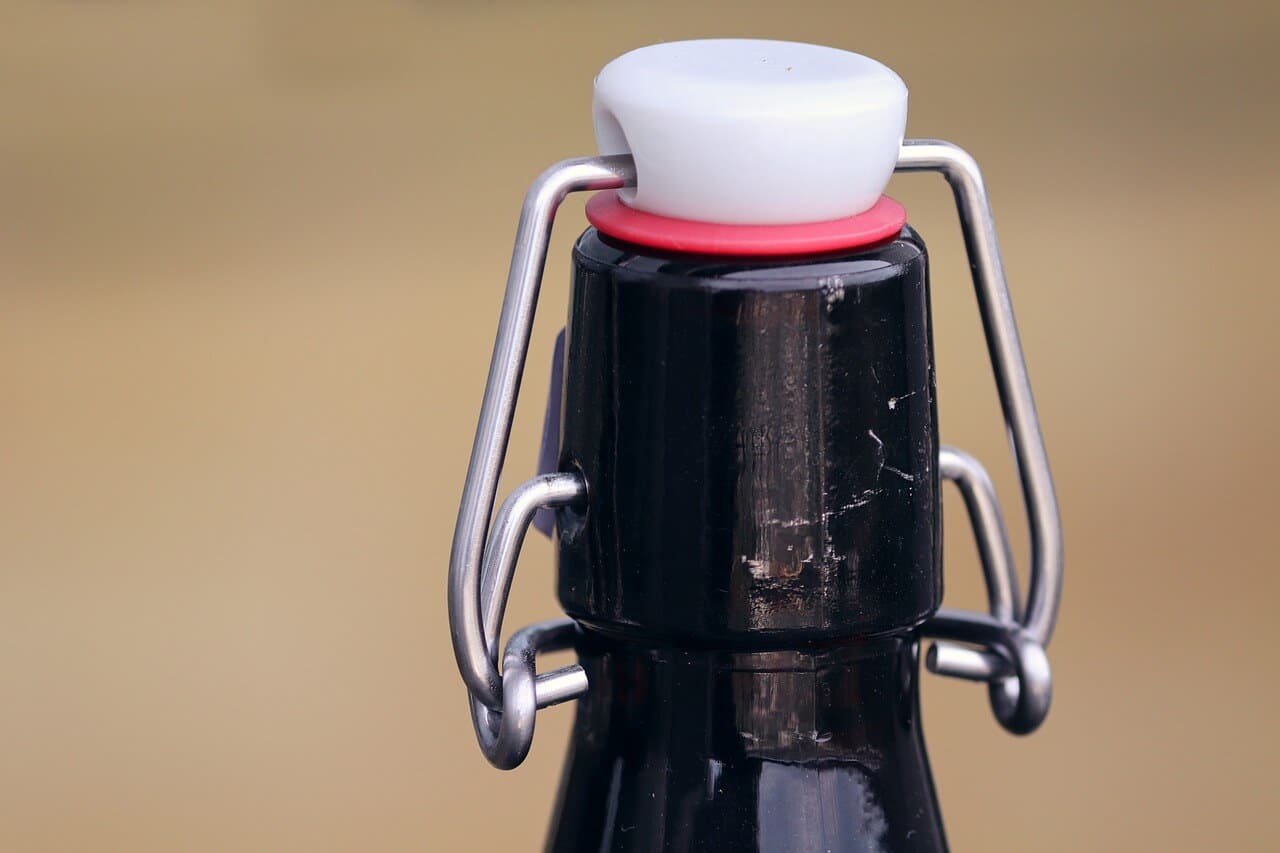How Do You Make a Hermetic Seal

You might have seen the phrase “hermetically sealed” before and wondered what it meant. It’s a common description from science fiction movies, where the characters convey just how sealed off a location or object is. It’s used a lot in marketing, too, for much of the same reason — “hermetically sealed” is another way of saying “this is an extremely advanced barrier and nothing is going to get through.”
The reality is that the term hermetic seal has a very specific use in industrial sewing and bonding, manufacturing, and healthcare. When you describe a particular barrier as a hermetic seal, you’re saying two things: it’s waterproof and airtight. Although that’s what it means today, that wasn’t always the case.
The History of the Term “Hermetic Seal”
The term “hermetic” comes to us from mythology, specifically a combination of myths in the form of the man known as Hermes Trimigestrus. He was a Greek representation of the Egyptian god Thoth, and is credited as the author of a series of alchemical and magical tomes. One of his magical inventions was the ability to permanently seal glass objects. Even in the earliest years of modern history, starting around the first few hundred years of the AD era, humans were aware of the benefits of a seal meant to protect the contents of a vessel from the outside air.
What Are the Methods of Creating a Hermetic Seal?
There are many ways to create a seal that is both waterproof and airtight, and none of the current methods involves magical incantations. A common method in use at Vinyl Technology would definitely seem like magic to the ancient Greeks and Egyptians — RF welding.
This is a process that’s known by many names, and you might have heard one of the other terms for the process: dielectric sealing, RF sealing, RF welding, heat sealing. They all describe the same high-tech method of joining thermoplastic films using Radio Frequency (RF) energy. Those RF waves excite the molecules of the materials to be joined from the inside out, fusing the materials together. It doesn’t leak either air, moisture, water, or fuel, depending on your application.
Unheated Heat Sealing
Although you might hear “heat sealing” used to describe it, that’s not entirely accurate. There is no heat involved in RF Welding. A table-top heat sealer used to preserve leftovers creates what would commonly be called a hermetic seal, but it’s not exactly the same. RF Welding happens at the molecular level, binding two materials with a seal much stronger than whatever any household appliance can do.
PVC Sealing
PVC sealing is a high frequency welding process that allows for the application of PVC (Polyvinyl Chloride) to a soft fabric or film. PVC has the advantage of being lightweight, durable, and abrasion resistant and is often used in waterproofing fabrics. PVC is considered to be excellent material for radio-frequency welding because of its strong dipolar moment and other chemical properties.
If you’d like to see what kinds of seals Vinyl Technology can make for your needs, get in touch with us today.
Related Blogs:
- How is Industrial Sewing Different From Other Kinds of Sewing?
- The Top 5 Uses for a Hazmat Suit
- The Top 4 Industrial Fabric Structures
- What is a Gravity Suit and How Does it Work?
- What is Textile Engineering and How Does it Work?
- Five Things you Didn’t Know About Life Vests
- The Top 3 Military Fabric Uses (That Aren’t Clothes)
- What is Laminated Fabric and How is it Used?
